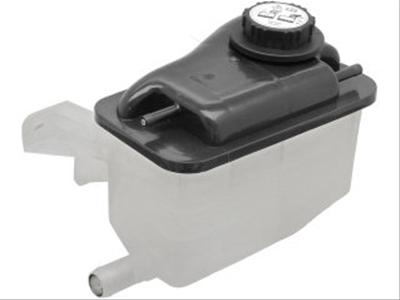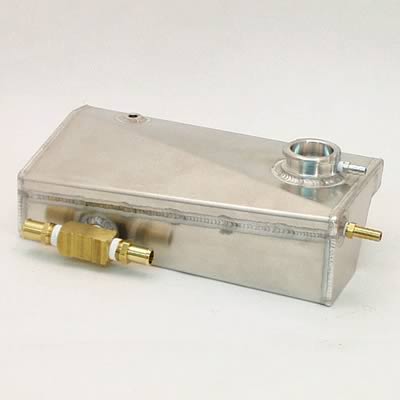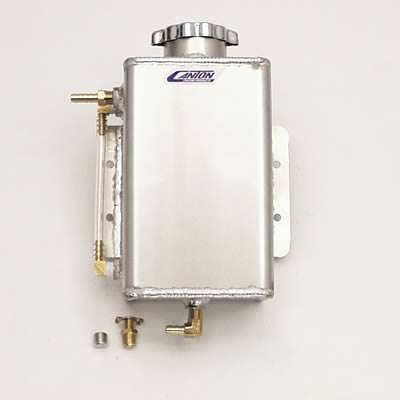Project update for May 6, 2011: Costas and I have been to McCall's twice to work on his Z3 since my last update, and McCall has worked on it off and on since then as well. Most of this work involved wiring, but some other systems and mini-projects have been tackled as well. The first wok night covered here was about a week and a half ago...


The stand-alone LSx wiring harness was installed and connected in about 30 minutes. That was the easy part. There's about 14 wires that have to be tied into the chassis and factory harness, which takes a lot longer. Heh.


There's all sorts of T-taps and wiring hacks that have to be undone, plus a LOT of extraneous wiring is being removed. The basic systems will remain (power windows, front lights, brake/turn/license plate/running lights, gauges) but the rest is coming out. Lots and lots of wires have been traced, marked, and cut out of the harness. And we're not half-assing it, we're taking out wires back to the fuse box.


There's a lot of harnesses to confuse you. There's the stock Camaro LS1 take-out harness that came with the motor (not being used), the stock engine harness for the Z3 S52 motor (that will be untouched and sold), the chassis side Z3M harness, and the stand-alone LSx harness. The first work night we did in this update ended with a MASSIVE hail storm that lasted 30 minutes, but luckily none of our cars or trucks were damaged. Whew!


Two nights ago we all met up again and tackled more wiring work. The new 4" offset shifter from McCleod arrived and it fixes the weird shifter location (too far forward) that the Z3 chassis forces. This along with an offset shifter (not shown) should put the shifter right in hand.


McCall had already built his own cold air tubing and mounted the filter and MAF (using Spectre products) as well as mocked-up more of the interior bits (center console and gauges.


Costas brought boxes of his wiring supplies and he spent the evening adding weatherpack connectors to things like fans, soldering/heat shrinking ring terminals to various wires, and tracking/cutting out extraneous wiring. He's the wiring master! I spent most of the night buried in the Bentley wiring schematics, being mostly useless.


McCall installed his new power steering hoses, the clutch hydraulic lines, and several other items underneath the car that I can't remember. He was under the car all night. Oh yea! He mounted the swaybars properly - took grinding on the poly swaybar bushings and some testing with shims, but he got it to spin freely with "pinkie finger effort" before installing the end links. It was bound up like MAD before, which is all too common. The suspension on the car is very temporary, but the bars will stay, so he did these right.


I got the OEM main power junction block installed, with some custom brackets to mount it to the steel fender liner. I complained about MCCall's supplies (alum angle and bolts), lack of every power tool known to man, and lack of a band saw. I was belly aching all night but they are pretty much used to that.



Costas had a box full of removed wiring at nights' end, plus more that were traced/cut back up to the dash (he'll get out every inch of unused wire when we're done - he's crazy like that). McCall is still trying to track down a missing wiring terminal for the fuel pump and a few little things like that, then we can finish off the wiring.
Getting close to firing it up!






























































































Leave a comment: